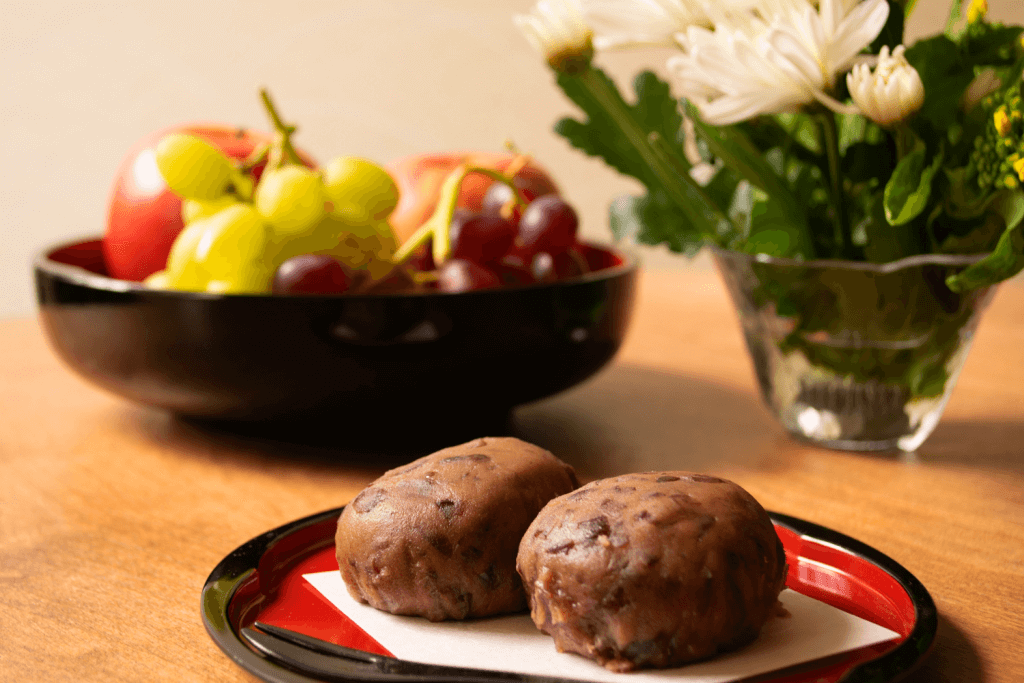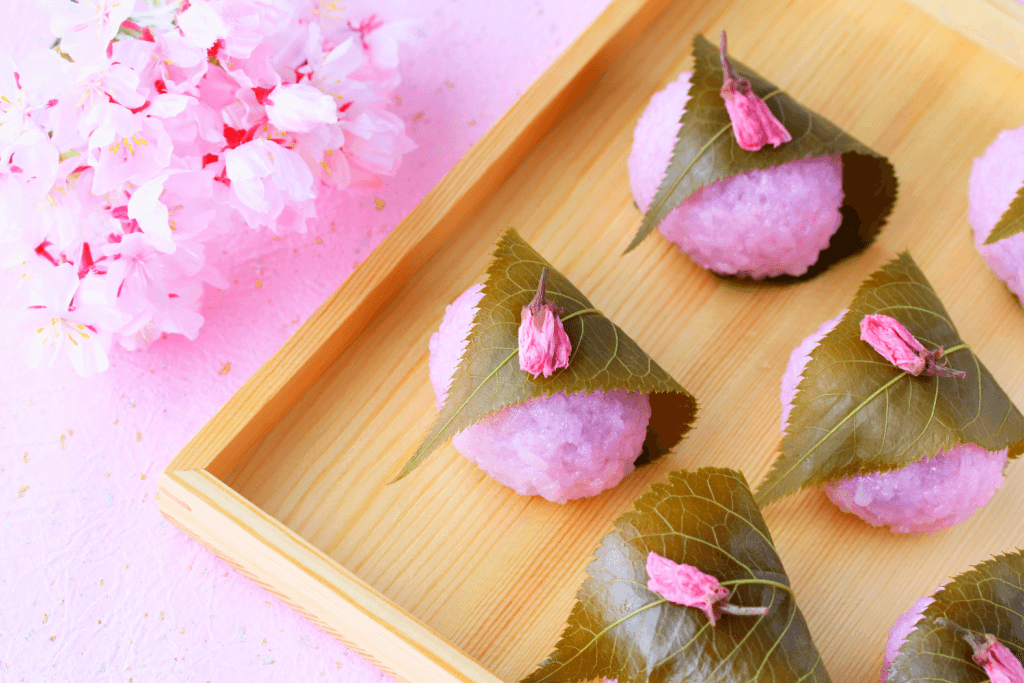When you think about spring in Japan, an image of sakura blossoms and a cheery atmosphere usually appear. However, Japanese people celebrate the coming of spring with various exciting activities, and the most important ones concentrate on the first day of the season – Shunbun no Hi.
Table of Contents
ToggleGet to Know Shunbun no Hi
Shunbun no Hi or vernal equinox day usually occurs on the 20th or 21st of March, even though the annual calendar can fluctuate. This is a national holiday in Japan, so students and workers have the day off. They usually take the opportunity to visit parks on this day.

Since Shinto had a significant political influence in ancient Japan, Shunbun no Hi was originally a Shinto celebration, Shunki Koreisai. Ancient Japanese people revered their ancestors while also praying for the deceased members of the imperial family during the Shunki Koreisai.
In 1948, Shunki Koreisai became Shunbun no Hi, the current vernal equinox day. It has become the official day marking the arrival of spring in a year as well as welcoming the freshness of nature and creatures.
Today, Shunbun no Hi, is the first day of spring break for most students in Japan. Moreover, the annual graduation ceremonies of universities and high schools in Japan usually hold graduation ceremonies for senior-year students on this day. Therefore, it’s easy to see the grace of the cherry blossom trees in full bloom and the gorgeousness of university graduates’ kimonos.
Japanese Customs on Shunbun no Hi
In Japan, there are many activities to celebrate the first day of spring. Like Shunki Koreisai, modern Japanese people often visit ancestral graves to pay their respects and clean the area around their ancestors’ gravestones. When spring in Japan arrives, this is also an essential custom for everyone.

One of the popular customs on vernal equinox day is hanami (flower viewing festival). This is also when countless sakura trees all over Japan begin to bloom or become full bloom. On the public holiday Shunbun no Hi, many Japanese people will spend time with family and friends. They organize picnics at famous cherry blossom viewing spots, sitting under beautiful trees and enjoying spring specialties.

Especially for farmers in Japan, Shunbun no Hi is also recognized as a sacred day of the year. This is because they have to pray for good crops, a fruitful growing season, and a prosperous year. Spring in Japan is a chance for new beginnings for everyone.
Are you looking to enjoy some delicious snacks on the first spring day? Check out Sakuraco! Sakuraco delivers traditional Japanese snacks, teas, sweets, and snacks from local Japanese makers directly to your door so you can enjoy the latest treats instantly from Japan!
Traditional Food for Shunbun no Hi
Around this time of year, many delicious traditional foods are served to people watching the cherry blossoms. As a result, vendors display and sell many traditional spring foods at food stall festivals.
Sakura mochi

Sakura mochi is a glutinous rice cake made from mochi rice flour filled with sweet red bean paste. For Japanese people, especially the elderly, this is a favorite tasty rice cake dish with green tea and coffee. Sakura mochi has a light pink color similar to the color of cherry blossoms. Each mochi has a natural sakura leaf wrapped around it and a sakura flower placed on top.
Hanami dango

Hanami dango also uses mochi, but it has no filling. The dango dough has a mild sweetness that is easy to eat and is often skewered on a wooden stick. Each stick contains three dango balls and one color each: pink, white, and green. Dango sticks are usually eaten with tare (Japanese sweet sauce).
In addition to the typical springtime sweets, makizushi, or sushi rolls, are also very popular. This is also a traditional dish many families bring to a picnic during the hanami festival. Moreover, karaage (Japanese fried chicken) is a well-loved traditional delicacy on Japan’s first day of spring. When eating karaage, Japanese people like drinking beer and chatting in the poetic beauty of the cherry blossom gardens.
In short, the first spring day in Japan is a time for gathering with family and friends and carrying out longly-held traditional activities. If you happen to come to Japan on Shunbun no Hi, you should spare some time to enjoy the atmosphere and unique cultural celebration of Japanese people during this blooming time of the year.










